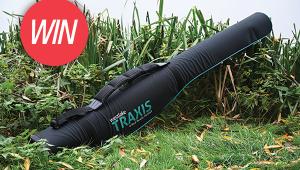Cold Water Skimmer Approach
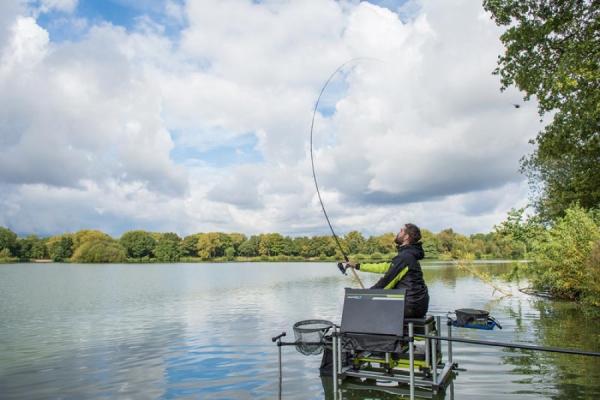
Is there a better feeling than sitting by a large natural water early on a summer’s morning, as you wait for the tip to pull round with yet another bream? Unfortunately, this idyllic scenario doesn’t last all year…
As winter begins to roll in, the water cools and the fishing becomes more difficult. This doesn’t have to mean the end to the bream fishing, though. If you follow Shaun Little’s advice you can enjoy year-round success on the feeder…
It’s no secret that feeder fishing is becoming hugely popular in the UK and Europe and it seems that more people are now looking at it as a year-round option for their fishing rather than just something to do in the warmer months. The problem is that on large expanses of water, like Kingsbury Water Park where we are today, the fishing can become difficult as the water cools – 100lb bags are rare and it soon becomes apparent that it’s the anglers who work hard that get the results.
Pick Your Swim
Deciding where to fish in winter can make or break your session; obviously every venue is different so it’s hard to give a “one distance works for all” piece of advice. What I would say though, is stick to the distances that worked in the summer as the fish are used to feeding at these ranges.
On most venues in summer you’ll feed a couple of swims, one at a reasonable distance and a closer swim. I’ve found that in winter it’s rare for this closer swim to produce and I prefer to stick to my distance swim. I like to really work one swim rather than try to split my time and effort between two. I know some people won’t agree with this theory but when bites are few and far between I don’t like to come off a swim and risk missing a feeding fish turning up.
This would be different if I was targeting a venue with a good head of small fish like roach, but to keep things simple today I’m sticking to my approach when targeting decent skimmers and bream.
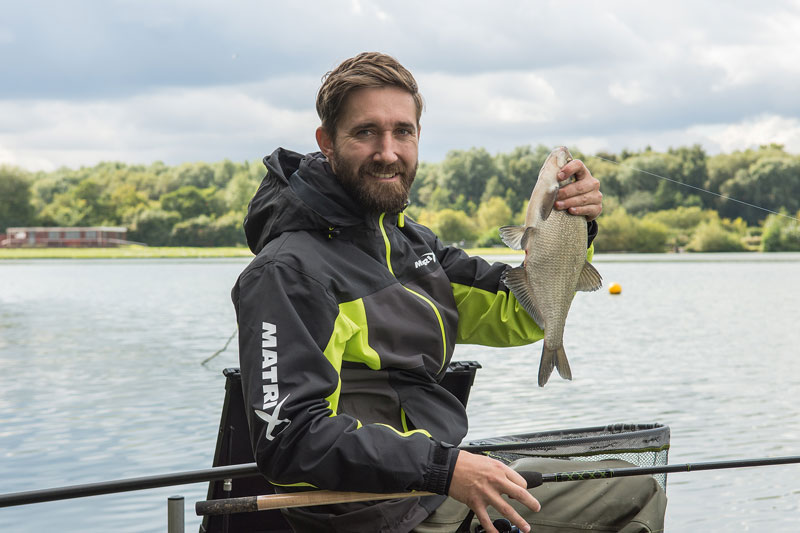
Fish like this make the hard work worth it.
Classy Setup
Today I’m fishing at around 45 metres and I’ve set up one of the new 3.6m Matrix Horizon XC Class rods. This is designed for casting feeders up to 60g, which will be plenty for today – even if the wind gets up I’ll have no problem hitting the spot with this rod.
I’ve an Aquos 5000 reel loaded with braid, which helps you to spot the tiny skimmer bites in winter, but it is really important to fish with a shockleader – 8lb mono in my case – especially when fishing lighter hooks and hooklengths in cool water as it helps to reduce breakages.
On the line I’ve got a 30g medium cage feeder and this is fixed in place with a float stop either side, and below this I have a twisted loop and a quick-change swivel. The important part though, is the hooklength.
This is 0.12mm Power Micron to a size 18 SW feeder hook and the key point is the length. As a minimum in cool water I’ll use a 1m hooklength. This gives the bait a slow fall as I’m convinced a lot of the fish watch the bait fall through the water and the more natural the fall the more bites you’ll get. The other reason a long hooklength is important is down to the way I feed my swim, which I will cover next.
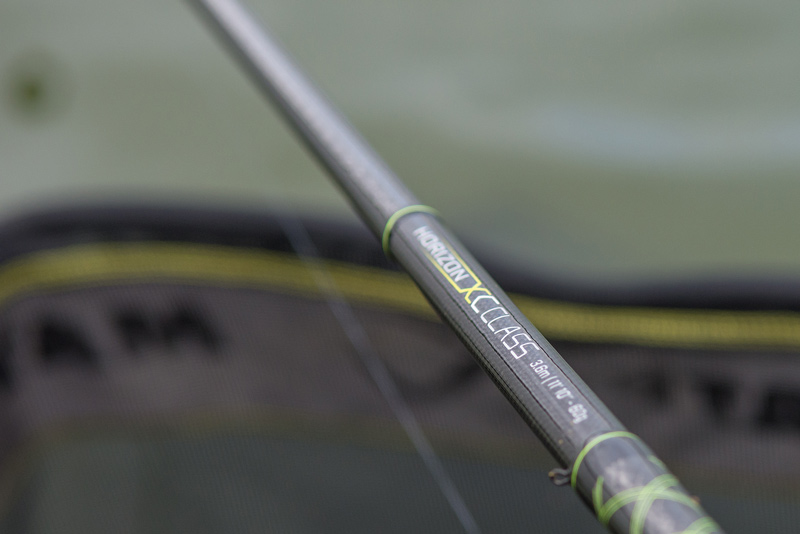
Shaun used the 3.6m Horizon XC Class rod to hit the 45m swim!
Change The Way You Feed
Your feeding needs to reflect the weights you expect to catch – putting in 1kg of worm and three pints of casters for a 10lb return doesn’t really add up. You can’t approach every session wanting to catch 100lb of bream, so as the water cools you really need to cut down the feed in the peg.
I’m covering the time between summer and the deepest depths of winter and if it’s freezing then you’d feed tiny amounts, possibly in a three-hole cage feeder, but in this transitional period you can still feed some bait… but groundbait.
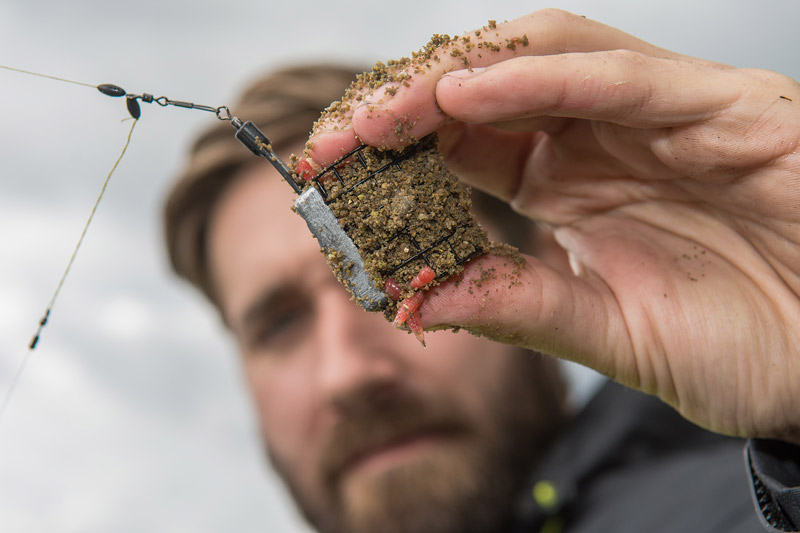
The particles on the outside will be released on impact with the water creating a large feed area.
As I mentioned I still use a medium size feeder that actually holds a fair amount of groundbait. The mix I’m using is 80 per cent Bait-Tech Special ‘G’ and 20 per cent Karma, and this is mixed on the dry side as I want it to explode out the feeder very quickly in the shallow water and spread over a bigger area. Fishing in this way can be brilliant when used in conjunction with a long hooklength as the fish get used to seeing bait falling through the water.
One thing I must point out is how I load my loose offerings into my feeder. The conventional way is to load any loose particles into the feeder and then plug either end so the ‘feed’ is right in the centre and gets down to the bottom. As I’m looking to create a larger feed area and I want to encourage the fish to feed away from the feeder, which may spook them, I ensure that my loose offerings are just part of the plug at the end of the feeder. Loading it in this way results in the bait – a few maggots and casters in my case today – coming out on impact and fluttering down to the bottom.
Have A Little Patience
The session I’ve had today is the perfect example of how important it is to have patience and belief in your tactics. I’ve started the session casting every five minutes for the first half-hour to slowly build up the swim and then I increased it to 10-minute casts. I don’t think you need to keep bait going in all the time if you’re not getting bites, as it’s usually a sign there aren’t actually any fish there.
If I start getting bites then I’ll go back to five-minute casts and keep the bait falling through the water.
It takes an hour and 20 minutes to get my first bite, and it’s a lovely skimmer of just over 1lb. It was actually a switch to a bigger bait that rewarded me with the bite. Switching from double red maggot to two worms and a maggot saw the tip pull round just a minute after casting in. This again emphasises the point that the fish see the bait falling through the water, as the bite must have come just as the bait settled.
Now I feel there is a fish or two about I try to cast every five minutes and in the next hour I catch a further five skimmers, with the biggest over 2lb. Bites then tail right off and I feel like I’ve had my golden hour, something that will often happen at this time of year, where the fish will feed for a while before switching off or moving. This is why I feel it’s important to concentrate on just one swim as it can be too easy to miss your chance.
For the rest of the session it’s a case of really working to try to get a bite; I regularly switch hook baits and even fine down my hook size and try a single maggot but eventually I step back up to a bigger hook and bait and I’m rewarded with two more fish in a quick burst.
My last fish comes right at the end of the session when I had five quick casts five metres past where my swim was. I don’t like to do this too early in the session as it can be detrimental to the fishing, but it can be worth an extra fish or two at the end of a match.
I’ve finished the session with nine fish for around 16lb, which would be a really good weight for this time of year. I’ve kept my tactics simple and made a real effort not to feed too much bait, and this in conjunction with the long hooklength has really worked well today.
Despite the weather turning and fishing becoming increasingly difficult it’s well worth sticking with the feeder, and if you can follow some of my advice the rewards are there to be had, and the end result can be even more satisfying when the hard work pays off.

Hard earned but very satisfying.
- Log in or register to post comments







